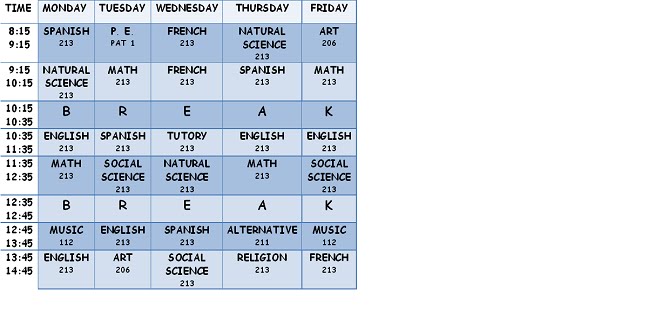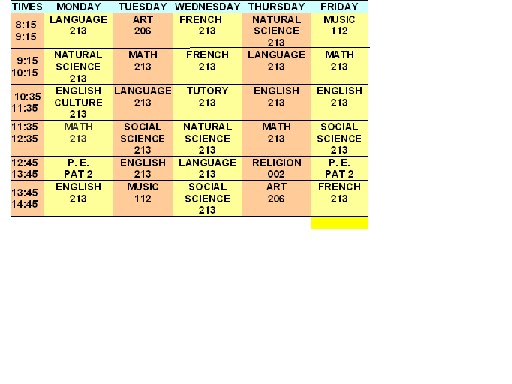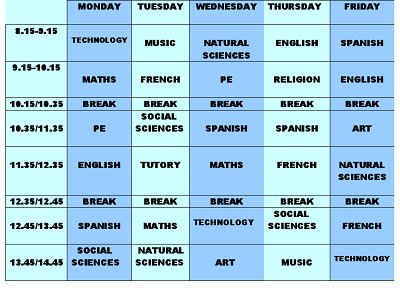Gibraltar video
View more videos from Pedro Talavera.
Welcome to the new bilingual blog at IES. Francisco Rodríguez Marín in Osuna (Sevilla). This blog has been created as a helpful tool for the students involved in the Bilingual Programme in our high school. They will be able to express their opinions and write in English about any topic related to the subjects they are studying in 1º and 2º ESO.


